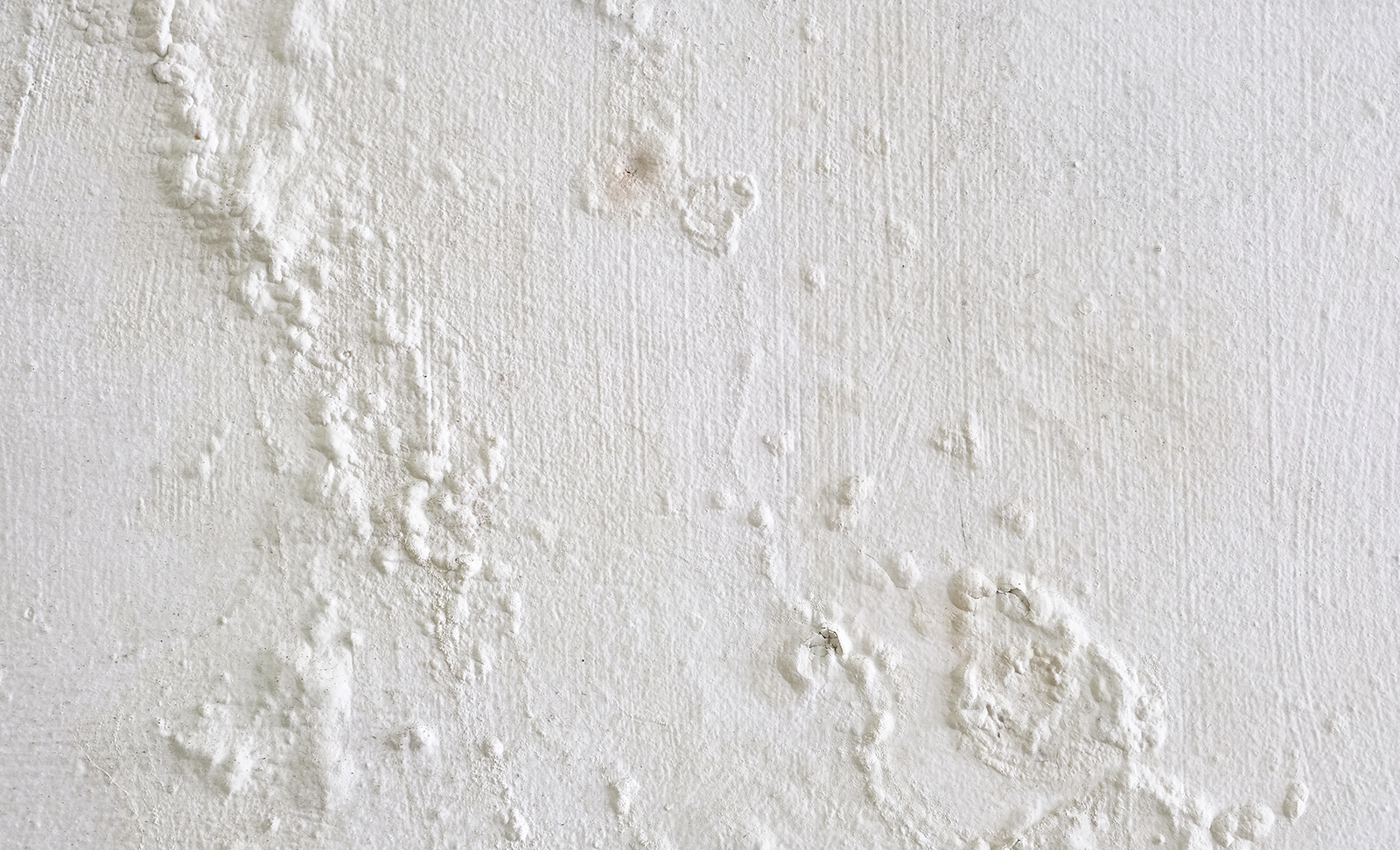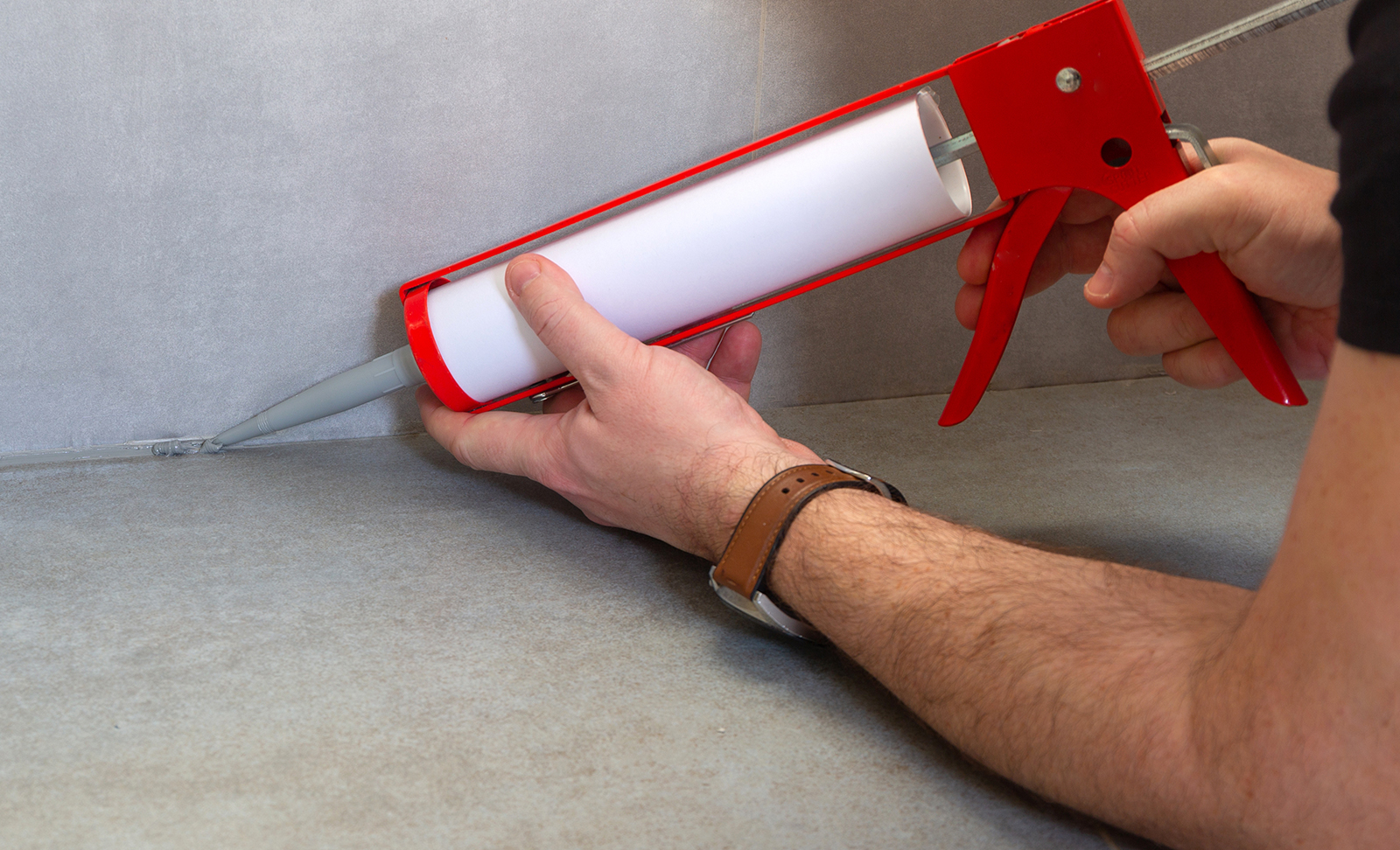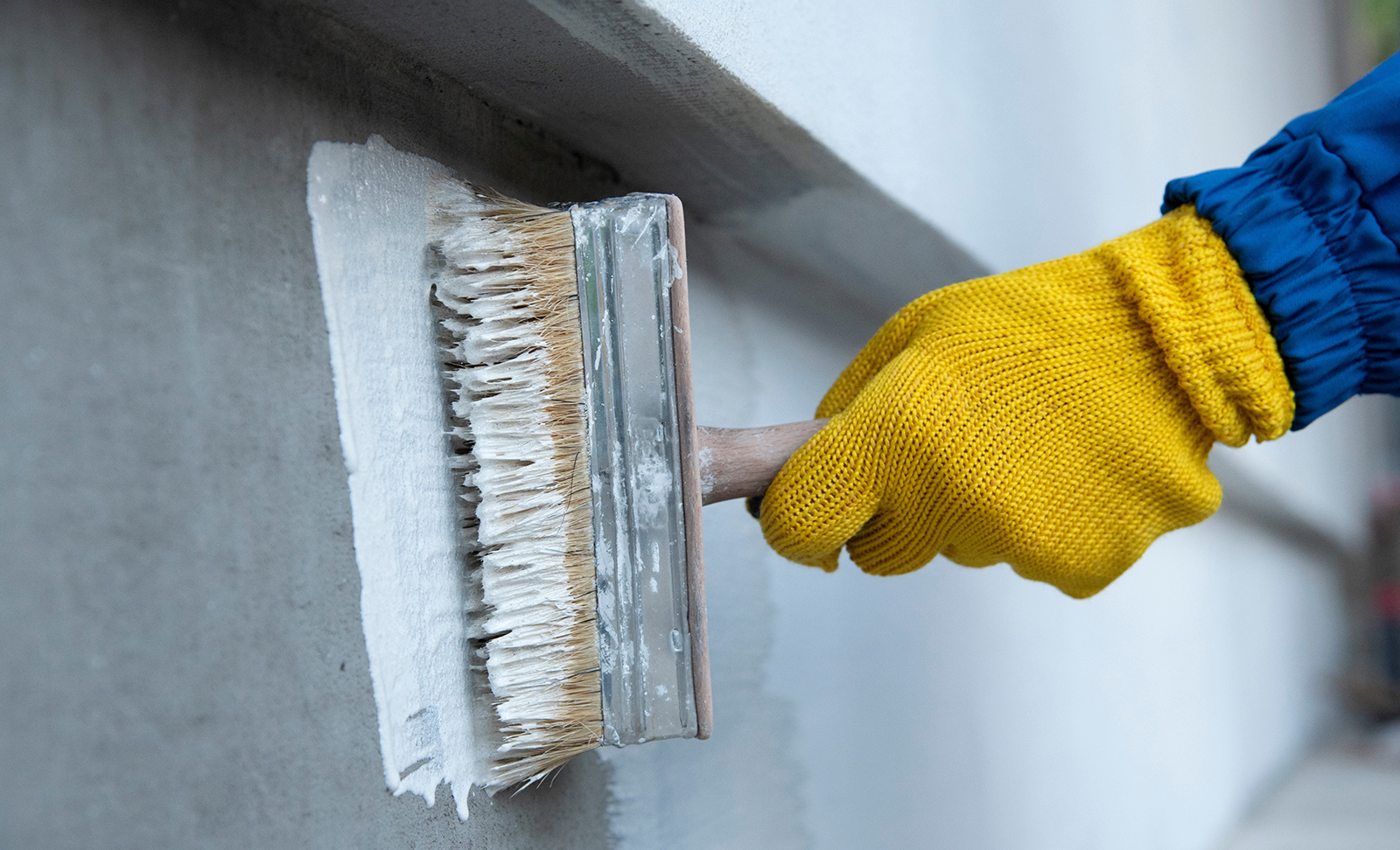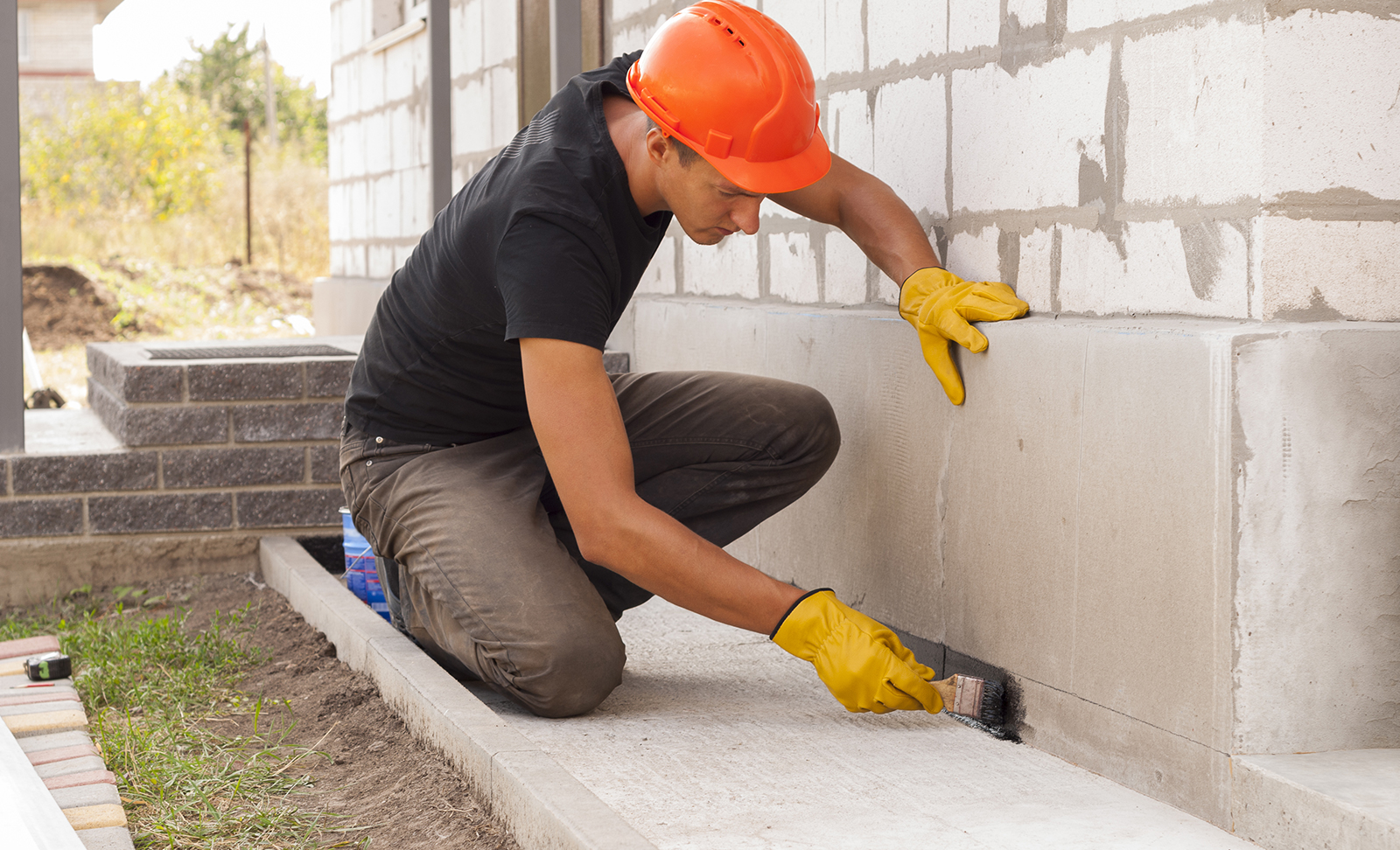
New Home
Buying or renting a new apartment? Is the waterproofing done?
Moving to a new environment can be an enjoyable proposition. A change of location and home is a rewarding experience, and the entire process is filled with excitement and anticipation. However, a lack of proper waterproofing treatment can cause several issues in the long run.
Scouting around for a house or an apartment necessitates a lot of effort to ensure that all requirements are met in terms of size, budget, location, access, and proximity to schools, workplaces, markets and healthcare. However, another important parameter you must consider is if the waterproofing of the new home has been done. Whether it is a new house or an apartment you are buying or renting, waterproofing is an essential factor that cannot be ignored.
It is important that adequate waterproofing covers all aspects of the home and that the entire structure is water-resistant. Otherwise, you might experience grief later on when water seeps in and moisture and dampness accumulate, damaging the interiors and causing many health issues.
But what does it mean to look for a waterproof home? Let’s better understand this so you can make an informed choice that will benefit your home and family.
What is waterproofing?
Waterproofing is the process of stopping water ingress inside a home and its structures to make it resistant to water. This ensures that water seepage and inflow are minimised or eliminated under normally defined wet conditions. In any building, waterproofing is achieved through advanced solutions that use membranes and coatings to protect the interiors and foundation. For instance, Dr. Fixit offers a wide range of options for different waterproofing concerns in a house.
Why do renters and buyers NEED to check for waterproofing
When considering a new apartment, it’s essential to ask whether proper waterproofing treatment has been carried out. Here's why waterproofing is crucial and the types to consider –
- Prevents structural damage
Proper waterproofing protects the building from moisture, ensuring safety and longevity. For renters, unchecked water damage may lead to disputes with landlords over who bears repair costs.
- Stops wall seepage
Wall seepage in rented apartments often results in peeling paint and mould, leaving tenants to endure poor living conditions.
- Protects your deposit
If moisture damage occurs during your tenancy, landlords may withhold part of your deposit to cover repairs. Proper waterproofing treatment avoids such disputes.
- Reduces extra costs for renters and owners
Leaks and dampness often require repeated repair work, which landlords or tenants might end up paying for. If waterproofing is neglected, owners, too, face higher long-term expenses.
- Maintains furniture and belongings
Apartments with wall seepage or dampness can damage furniture, electronics, and personal items. As a tenant or buyer, this can increase expenses and reduce the space's appeal.
- Ensures better air quality
Damp and poorly waterproofed homes promote mould and mildew, which impacts air quality and leads to health issues for tenants. Landlords often take time to resolve these issues, which can raise medical bills.
- Avoids tenant disputes
In rental agreements, landlords may refuse to address water-related issues, claiming the damage is tenant-caused. Verifying foundation waterproofing and wall waterproofing treatment during inspection avoids such conflicts.
- Protects long-term investment
A well-waterproofed apartment retains its resale value for buyers, while poorly maintained homes may require costly fixes before selling.
- Enhances comfort and peace of mind
Whether renting or buying, a waterproofed home means less stress, fewer repairs, and a more comfortable, healthy living environment.
Types of waterproofing for the apartment
Always confirm the apartment has undergone professional waterproofing treatment for peace of mind and a safe living environment. This includes –
- Foundation waterproofing
It protects the building's foundation from underground moisture and water ingress, hence making it critical.
- Wall waterproofing
It includes coatings or membranes to prevent wall seepage, ensuring walls stay dry and free of stains or peeling paint.
- Roof waterproofing
It shields the roof from water accumulation and leaks, preventing damage to the uppermost structure.
- Bathroom and kitchen waterproofing
These targeted waterproofing treatments in areas prone to spills and high humidity ensure lasting durability and hygiene.
Where do you need to waterproof?
There are five specific areas that you need to check upon to achieve a water-free and healthy home –
- Roof
The roof is one of the surfaces constantly exposed to severe weather conditions, such as direct sunlight, rain, and climatic changes. It also tends to accumulate rainwater, which can seep inside the slab and cause significant damage over time.
Solution – Dr. Fixit Roofseal and Dr. Fixit Roofseal Flex are waterproofing membranes that provide excellent waterproofing and are easy to use.
- External walls
The external walls are directly affected by rain and other weather changes. Therefore, the objective should be to coat them with a waterproofing material that serves a dual purpose and is not just decorative.
Solution – Use Dr. Fixit Raincoat for waterproofing and decorative purposes.
- Bathroom
Bathrooms are exposed to water daily and must be waterproofed during construction. Repairing leaks at a later stage in a bathroom can be a lengthy and expensive process.
Solution – Use the Dr. Fixit Bathseal range of products for 100% leak-free bathroom waterproofing.
- Foundation
Water rises from the soil to the building due to the capillary movement, passing through the foundation and reaching the walls. To prevent this, a damp-proof course is laid at the plinth level, i.e., at the base of the building.
Solution – Use Dr. Fixit Bitufix as a waterproofing barrier for foundations and plinths.
- Water tank
A waterproof coating is essential for overhead water tanks, as this ensures they remain safe for storing drinking water.
Solution – Use Dr. Fixit Pidifin 2k, a two-component waterproof coating for overhead water tanks.
When buying or renting a home, ensure that each of these areas is waterproofed with the best quality products before making your decision.
Ensure your home is comfortable and safe
Before you rent or buy an apartment, checking for proper waterproofing is not just a precaution—it’s a necessity. Ignoring this step can compromise your comfort and the property’s integrity. A well-waterproofed apartment not only safeguards your investment but also creates a healthier, more durable living space.
Professional waterproofing with trusted solutions like Dr. Fixit ensures long-lasting protection and peace of mind. For more details on waterproofing and related solutions, fill out the form given below.
FAQs
FAQ#1 – Which areas of the house should be waterproofed?
The foundation, roof, walls, bathrooms, kitchens and basements are key areas that need waterproofing. Foundation waterproofing adds to structural strength, while waterproofing treatment for walls stops wall seepage, protecting aesthetics and durability. Waterproofing your bathrooms and kitchens (which are most exposed to water) ensures durable spaces, prolonged aesthetics, and sturdy fixtures.
FAQ#2 – Why Is waterproofing a must for basements?
Basements are prone to moisture due to their proximity to groundwater. Proper foundation waterproofing and waterproofing treatment prevent flooding, wall seepage, and mould, ensuring a safe and dry space.
FAQ#3 – What is the importance of waterproofing for roofs?
Roofs bear the brunt of weather elements. Waterproofing prevents leaks and wall seepage, protecting the home’s interior and preventing costly damage to ceilings and walls.
FAQ#4 – What are waterproofing materials?
Common materials include waterproof membranes and chemical coatings. These materials are crucial for foundation waterproofing, wall seepage prevention, and ensuring long-lasting waterproofing treatment.
FAQ#5 – What happens if waterproofing is not done?
Without waterproofing treatment, homes can be damaged by wall seepage, mould growth, high repair costs, and more. Neglecting foundation waterproofing can also lead to groundwater seepage, efflorescence, and more.
Get Professional Waterproofing Solutions Today
Fill The Form below to took free site evaluation by Dr. fixit point safe painting service expert




